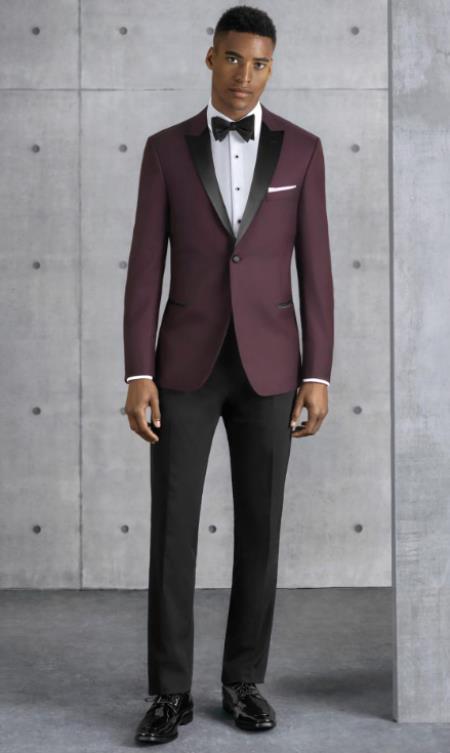

To the end of austerity, some people went back to the suit style from before the war so lapels came wider, pants had pleats again, and it wasn’t as slim anymore. The 1950sĭuring the 1950s, the post-war rebellion definitely had an impact on the suit. The shoulders were super padded and often, people criticized it as being unpatriotic because it put your own idea of fashion beyond the rationing of fabric. They had really baggy pants, a long jacket, and everything was oversized and excessive. It was a product of the counterculture rebellion youth, particularly in African-American and Mexican communities. The exception in the 1940s minimal suit was the rebellious Zoot suit. Of course, the fabrics were still a lot heavier than they are today and they also had a bit more texture than what you would get today. If you look at the suit from the 1940s, it is very close to the fashion of a 2020 suit, because it’s lean, trim, and overall very slim. All jackets were cut pretty tightly towards the beginning of the 1920s, towards the end, they had become wider in the shoulder with a bit more waist suppression, and in combination with the high-rise pants, one created a visual illusion of longer legs and a pronounced waistline.įor the same reasons, waistcoats or vests became unpopular. Drape and the drape suit really became popular in 1930s England in the US.ĭuring the ’20s, trousers all had a very high rise especially compared to today’s pants. However, by the end of the decade, fashion-forward suits already had the precursor of the drape suit, which meant there was more fabric in the chest and also the pants were cut a little wider. The jacket was cut trim, maybe slightly longer at a higher buttoning point, and trousers were quite slim with cuffs and relatively short. Right after World War I, the suit had a strong military influence. The 1920s were an exciting decade for the suit as it went from super slim to fuller towards the end. For example, if you watch the first episodes of Downton Abbey today, you can see the trend that country suits are less formal and more colorful than their city suit counterparts. On the flipside, country suits typically had more patterns and brown tones in them. Overall, it was just an adaptation to an existing model.ĭownton Abbey has brought shooting back into popularity It could be the lapel width, the jacket length, the buttoning point, the height of the gorge, the type of fabrics that were used, and so on. From that point on, the shape was defined, it was merely the details that changed. The 20th CenturyĪs we started the 20th century, the suit, as we know it today was pretty much developed. Of course, at the time, central heating was not the norm, and so suits were always worn with a vest or a waistcoat that was matching so you always had a three-piece suit. It was a much shorter coat without the tails and was cut more sack-like without pronounced front darts.Īs the name implies, the lounge suit was primarily a garment for the casual lounge, something to be comfortable in, especially in the British countryside. Another difference was obviously the length. Specifically, the matching aspect of trousers and pants made it less formal, because frock coats and morning coats were worn with somewhat contrasting trousers. While the single-breasted version of a frock coat was more common, the double-breasted version was more formal (and was also known as the Prince Albert). In terms of length, it reached down all the way to the knees that’s why it resembles an overcoat. It had a single vent in the back and was either single- or double-breasted. It was basically a black coat that resembles modern overcoats. The Victorian Era The Frock Coatīy the start of the Victorian era (which lasted from 1837 to 1901), the first and foremost garment a man would wear was a frock coat. While the top and the bottom of Beau Brummell’s outfits didn’t exactly match, the whole silhouette and the more muted color scheme laid the groundwork for the modern suit, as we know it today.

Nevertheless, Beau Brummell definitely popularized the new, less ornamental style. French menswear was negatively associated with the French Revolution, and people who wore it were sometimes beheaded by the guillotine. A rendition of Beau Brummell in his typical daytime attire.įrankly, Brummell may not have been the first one to simplify the classic French men’s wardrobe, because at that point in time, the more traditional dress had already become unpopular.


 0 kommentar(er)
0 kommentar(er)
